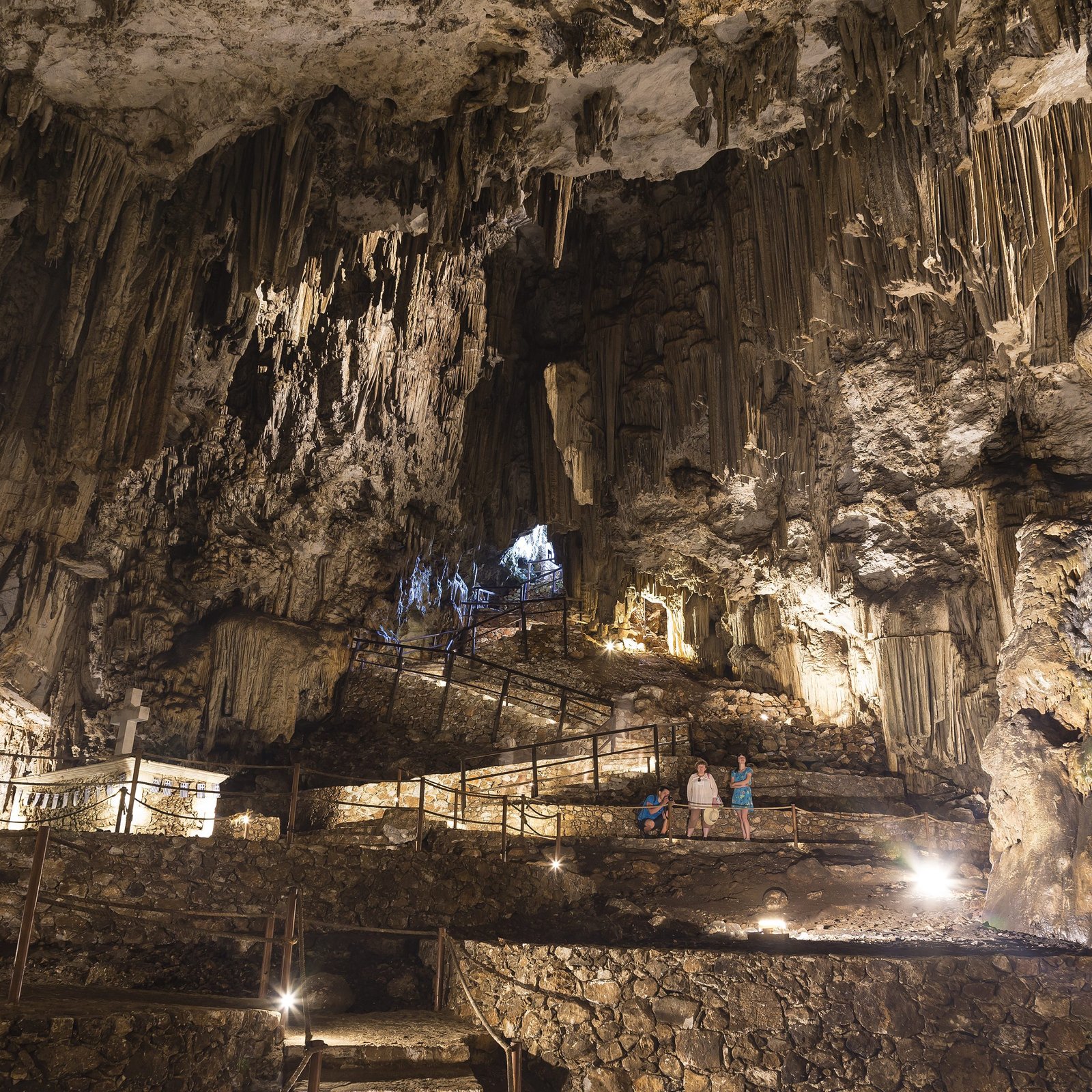Melidoni Cave in Crete, steeped in rich mythology and history, offers a unique and awe-inspiring experience for visitors.
As you venture into the depths of Melidoni Cave, you will be captivated by its mystical ambiance and breathtaking formations.
But Melidoni Cave is not just a geological marvel. It holds a deep historical significance as well. During the uprising against Ottoman occupation in the 19th century, the cave served as a refuge for locals seeking shelter. Traces of their presence can still be found, evoking a sense of the past within its ancient walls.
Guided tours are available to uncover the secrets of Melidoni Cave, providing visitors with valuable insights into its geological and historical importance.



Comment (0)